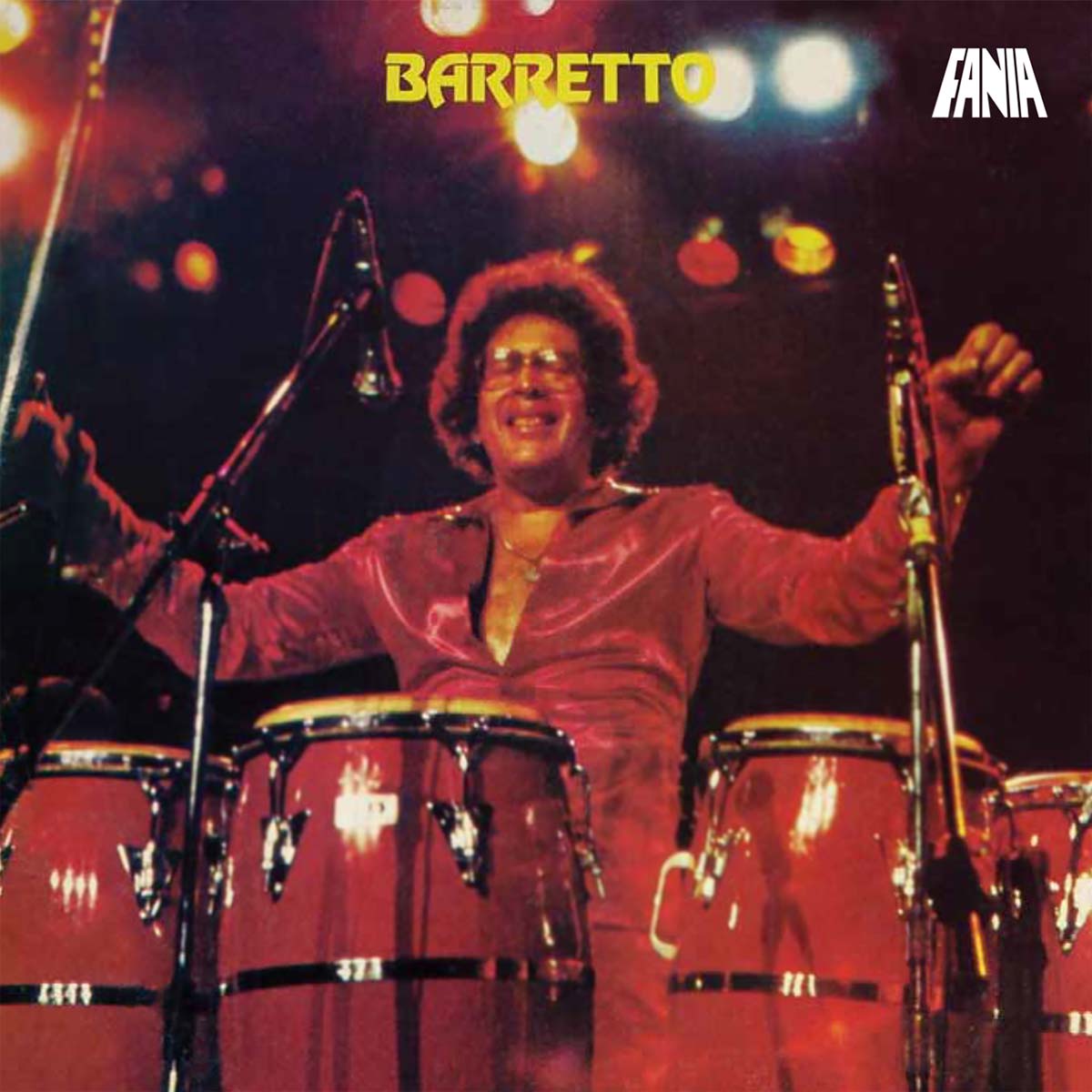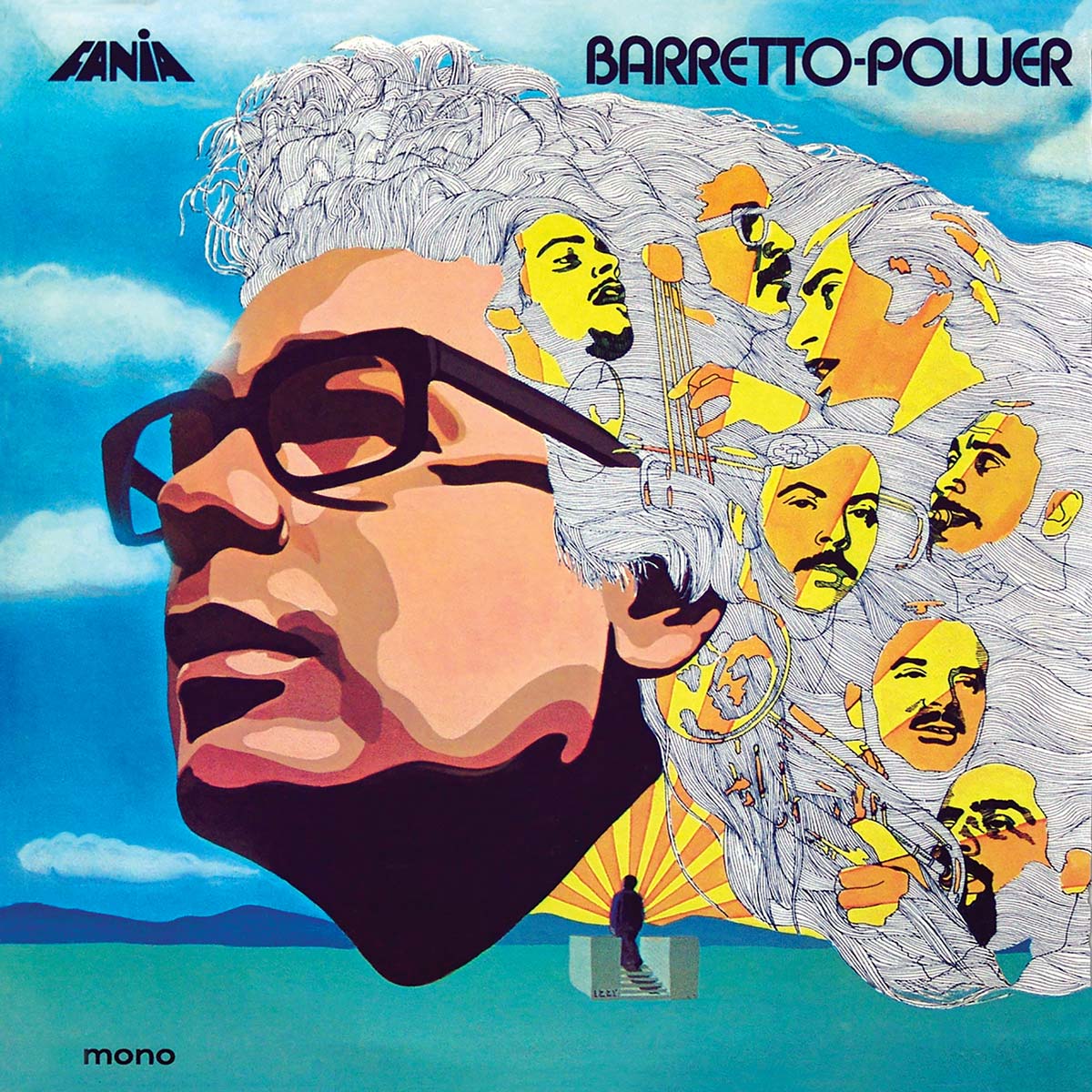
The year was 1975. Approaching bankruptcy and reeking of political corruption, New York City was kept alive by the explosive sounds of Afro-Caribbean music. Fania Records had established itself as a powerhouse in the music industry by catering to a niche audience of fans who loved to mambo and now called this music salsa. Local bandleaders became international superstars. One of these bandleaders was Brooklyn born and Bronx bred Nuyorican Ray Barretto, who had developed a reputation as a superb conguero in the world of jazz, and as a sideman with artists like José Curbelo and Tito Puente.
It was through his recordings for the Fania label, however, that Barretto would achieve the kind of status that few would have thought possible in the South Bronx neighborhood where he grew up. “At Fania, we were treated like rock stars,” said Barretto. “Jerry Masucci approached the promotion of his recordings the way major mainstream companies promoted rock and pop.” One of the conguero’s finest albums, Barretto showcased the talent of a young singer and composer from Panama, Rubén Blades. The band had been reconstructed, because most of Barretto’s musicians had abandoned him following the release of Que Viva La Musica. He reacted by forming a new band and recording the jazz album The Other Road. With the help of trumpet player Papy Román, Barretto would produce the triumphant Indestructible album, reconfirming his popularity with the dance crowd. Barretto is the follow-up album to Indestructible, showcasing Ray as a bandleader who made music that was swinging and hip at the same time. Penned by Pedro Speck, the opening track “Guararé” was originally an uptempo changüí tune from the Guantanamo region of Eastern Cuba. Barretto chose to slow down the tempo, retaining the humorous lyrical content and flavor of a guaracha. The arrangement by pianist Gil López (an old Barretto bandmate from his Tito Puente days) transformed “Guararé” from an obscure tune of Cuban folklore into a salsa mega-hit. It also made Puerto Rican singer Tito Gómez synonymous with son. “Vine Pa’ Echar Candela” exudes Barretto’s love for one of his heroes, the legendary Arsenio Rodríguez, in a rugged son montuno style. Arranger Eddie Martínez provided the lush backdrop that marks Rubén Blades’ initial appearance on this disc.
Penned by Blades, “Eso Es Amar” proves that Barretto was not afraid to tackle bolero material. Calixto Viera’s rumba-son “Ban Ban Quere,” on the other hand, demonstrates his progressive approach – listen to the band’s futuristic accompaniment during Artie Webb‘s flute solo. From the Tite Curet Alonso songbook, “Vale Más Un Guaguancó” and “Testigo Fui” are performed by Blades and Gómez respectively. The first one talks about the love of rhythm. The second one is an ode to Puerto Rico and its people. Trumpet player Roberto Rodriguez contributed the charanga style swinger “El Presupuesto,” which deals with the fact that one’s paycheck buys less than it used to in the modern world. But the ultimate music gem on this album is the Blades composition “Canto Abacuá” that closes the album. A song about Cuba’s fraternal secret order and religion, it opens with a percussive dialogue between Barretto and Ray Romero that segues into a rumba abierta and then an avant-garde flute solo. The piece builds up to a stunning mambo, featuring one of the most celebrated piano solos in the history of salsa, courtesy of Gil López. 1975 was a pivotal year, as the Latin music industry showed that it could grow commercially while retaining its integrity and embracing progressive new ideas. There is no better example of this tendency than the album known simply as Barretto.
Credits: Ray Barretto – Congas “Little” Ray Romero – Timbales, Quinto (rumba abierta intro to “Canto Abacuá”) Tony Fuentes – Bongó, Cencerro, Güiro (“El Presupuesto”), Cáscara (rumba abierta intro to “Canto Abacuá”) Roberto Rodríguez – Trumpet Joseph “Papy” Román – Trumpet Ite Erez – Trumpet Artie Webb – Flute Gil López – Piano, Fender Rhodes Electric Piano (“Canto Abacuá”) Louie Colón – Ampeg Baby Bass Lead Vocals – Tito Gómez, Rubén Blades Background Vocals – Adalberto Santiago, Tito Allen Producer – Ray Barretto Executive Producer – Jerry Masucci Recorded at – Good Vibration Sound Studios, NYC Engineer – Jon Fausty Arrangements – Gil López (“Guararé”, “Vine Pa’ Echar Candela”, “Ban Ban Quere”), Eddie Martínez (“Eso Es Amar”), Louis Cruz (“Vale Más Un Guaguancó”), Sonny Bravo (“Testigo Fui”, “El Presupuesto”), José Madrid, Ray Barretto (“Canto Abacuá”) Original Album Photography – Lee Marshall Original album cover concept and design by Izzy Sanabria
Written by Bobby Sanabria










